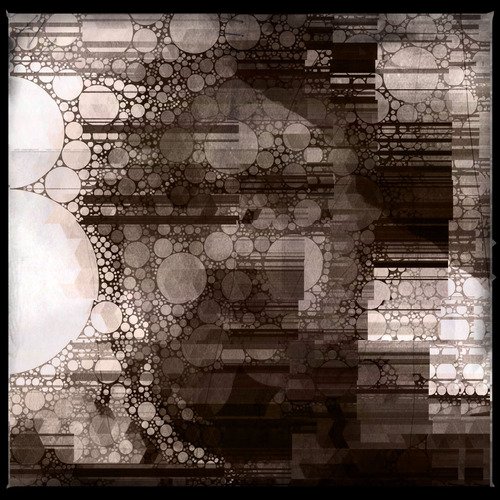Autumn Eyes ~ Haiku of Japan
Autumn in Japan does not arrive all at once—it steals in quietly at night, when even the stars seem to open different eyes.
hoshi sude ni aki no manako wo hirakikeri
have opened
autumn eyes...
—Ozaki Kōyō


On the traditional calendar which the haiku world still uses, autumn starts around the second week of August.[1] In the old idea, the peak of the season is the end of the season, and the downward journey towards the next one is included in the next one. That may seem strange to us today, but it's really no stranger than the way we divide the seasons, just different.
As we move from the peak heat of summer slowly down towards the cooler autumn weather, we primarily notice the change at night first. Long before the leaves start to change or we need to get the scarfs out, we might notice a slight hint of cold in an evening wind or a chill at night. It's more of a vague feeling at first, but when we notice it, ah — autumn is here.
This poem I think highlights that well. Day time might still be burning hot, but when the stars come out, we notice the season is shifting.
Born in 1868 in Tokyo as Tokutarō Ozaki, Ozaki Kōyō was a novelist and poet who also left behind a small but striking body of haiku. While he is best remembered as a central figure of the Ken’yūsha literary group and for novels such as Konjiki Yasha (The Golden Demon), Kōyō’s sensitivity to seasonal imagery and emotional nuance also found expression in his haiku. His verses often blended classical elegance with the realism of the modern age, reflecting his broader literary style. Despite poor health, he continued writing until his death in 1903 at the age of just 35.
❦
 |
David is an American teacher and translator lost in Japan, trying to capture the beauty of this country one photo at a time and searching for the perfect haiku. He blogs here and at laspina.org. Write him on Bluesky. |
I can understand the peak of a season being the end of a season, as what comes after a peak usually has the "seeds" of the next season already embedded in it. Interesting insight on night time revealing autumn is here before the day does!
That's a pretty awesome print! Do you guys have the false fall like we get over here? Maybe it's more of a false summer. You know when things are nice and fall-like, then the temps jump back up to the 90 degree range in October and you just can't wait for the snow to show up! ;)
very very beautiful! and very poetic indeed. ending at the peak of the season makes the season memorable. but where does spring start if so and how do you even end spring? makes you think